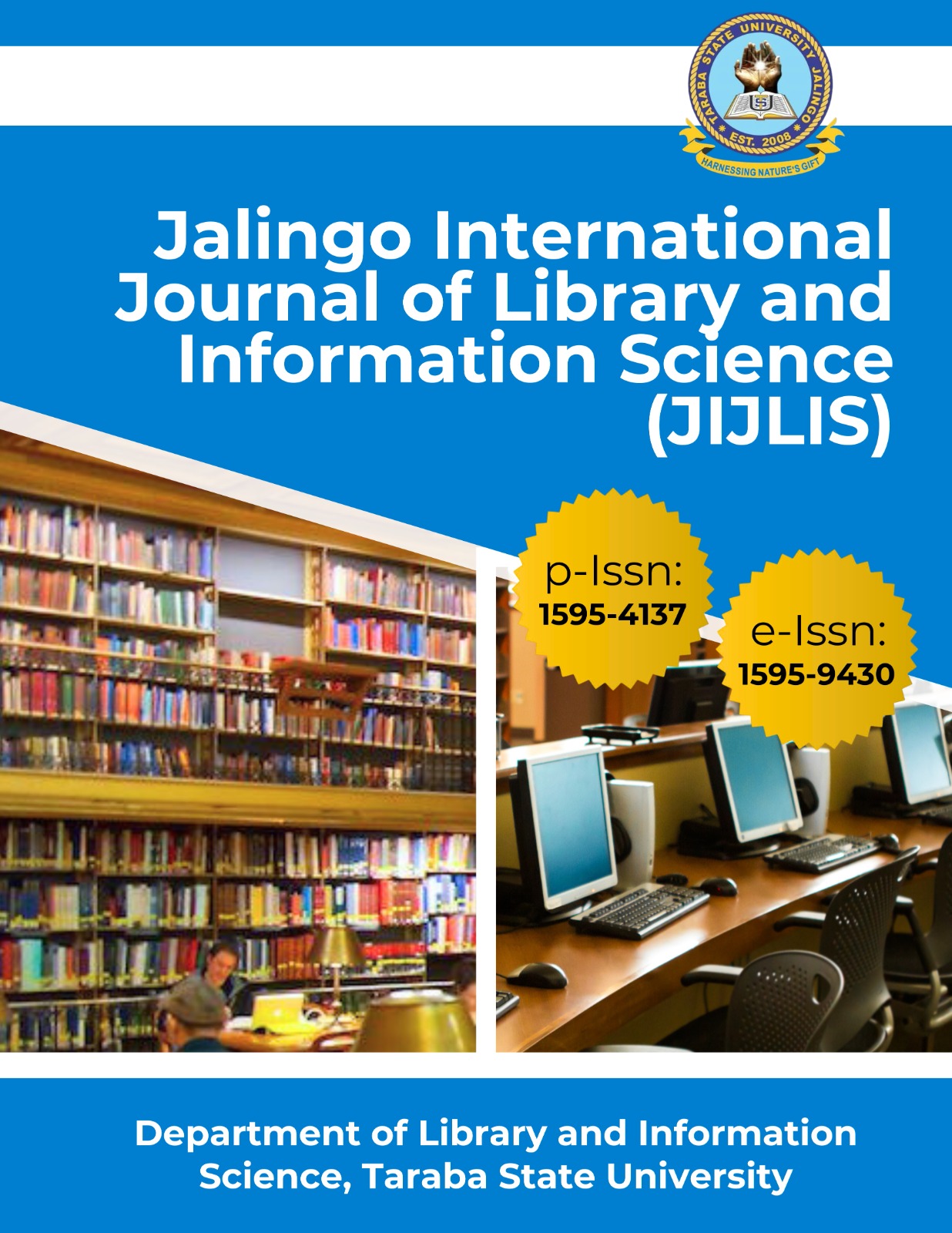Awareness and Adoption of Virtual Reality-Based for Improved Library Orientation, Accessibility and Engagement at the Federal University of Education Library, Zaria
Abstract
Traditional library orientation strategies, which include physical tours and printed guides, do not succeed in keeping students interested nor granting full access to library resources. A new solution emerged through VR-based orientation because it enables comprehensive, accessible, immersive interactive learning experiences. To this end, the research investigates how virtual reality-based library orientation practices affect the undergraduates’ accessibility and engagement at the Federal University of Education, Zaria.
1,000 respondents, comprising 900 students and 100 library ICT staff was selected for this study to collect research data. A combination of quantitative questionnaire with qualitative student and library staff interviews was used to collect research data. Data collected was analyzed thematically, as well as the use of simple percentages and frequency counts. The study found that students’ satisfaction increased substantially through VR-based orientation, while their engagement improved markedly and their library resource
understanding became significantly better. It was also revealed that the implementation of VR-based orientation faces obstacles from expenses as well as from insufficient technical support and opposition to transformational change. Given the findings, the research suggests universities should buy VR technology while training their personnel and students, along with implementing VR adoption in progressive stages, among other things.

